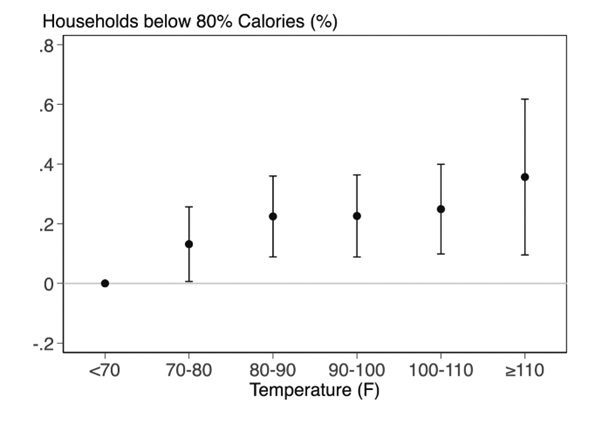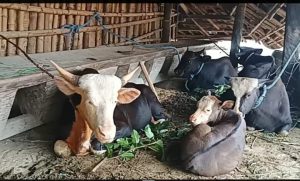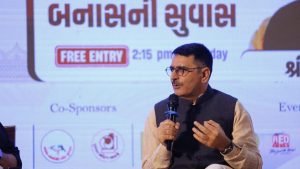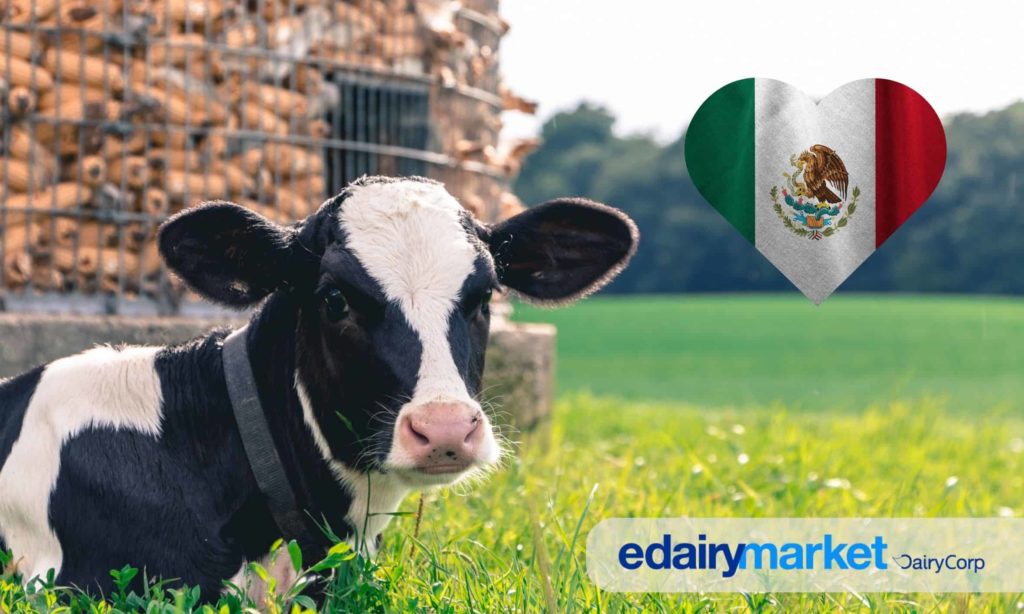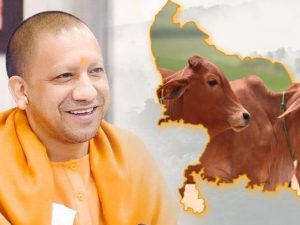
Study Reveals Extreme Heat Drives Sharp Undernourishment in Poorest Rural Households Despite Market Adaptation Strategies.
New research analyzing data from over 300,000 rural Indian households from 2003 to 2012 provides crucial insights into how extreme heat during a growing season directly translates into chronic undernutrition the following year. While the link between rising temperatures and crop loss is well documented, this study, conducted by Stainier, Shah, and Barreca (2025), reveals that a hotter growing season significantly increases the number of households suffering from strong undernourishment in terms of calories, iron, zinc, thiamine, and niacin. This nutritional deficit carries profound long-term consequences for both health and productivity in rural India, where over 900 million people reside.
The analysis specifically focuses on the most vulnerable groups by measuring “strong undernourishment” (consumption below 80% of the recommended daily amount) and “extreme undernourishment” (below 60%). The study found that one additional day above 110°F during the growing season increases the prevalence of strong caloric undernourishment by 0.36 percentage points, equivalent to impacting an additional 3.1 million people. Notably, the researchers found no effect of heat on less severe measures of diet quality, suggesting that extreme heat primarily exacerbates the nutritional issues of those already struggling with low intake.
Rural households, including dairy producers and subsistence farmers, employ adaptive strategies to combat local crop damage caused by heat. The data shows that after an unusually hot growing season, households reduce the amount of food consumed from home-grown sources while simultaneously increasing their food purchases. Specifically, a day above 110°F leads to a reduction of 4kCal per person per day from home-grown sources, counterbalanced by a 5kCal per person per day increase in purchased food, a pattern consistent across most nutrients studied.
To pay for these increased food purchases, the data suggests that rural workers are shifting their labor allocation. The year following a hot growing season shows fewer people working in agriculture—likely due to decreased need for harvest labor—and a resulting increase in individuals working in the non-agricultural sector. This transition indicates that workers are supplementing their income through alternative employment to afford food grown elsewhere, demonstrating the vital role that accessible labor markets play in mitigating climate shocks.
Despite finding clear evidence of adaptive responses, such as leveraging agricultural and labor markets to maintain average consumption, the study emphasizes that substantial negative nutritional effects persist for the less well-off households. This critical finding suggests that available adaptation strategies are prohibitively costly for the poorest. The researchers call for future policy-interested research to focus on identifying and comparing the effectiveness of targeted interventions, such as direct cash assistance, microloans, or insurance policies, to protect these particularly vulnerable groups from heat-related nutritional shocks.
Source: Find the complete analysis of climate and rural diets from Ideas for India.
You can now read the most important #news on #eDairyNews #Whatsapp channels!!!
🇮🇳 eDairy News ÍNDIA: https://whatsapp.com/channel/0029VaPidCcGpLHImBQk6x1F
